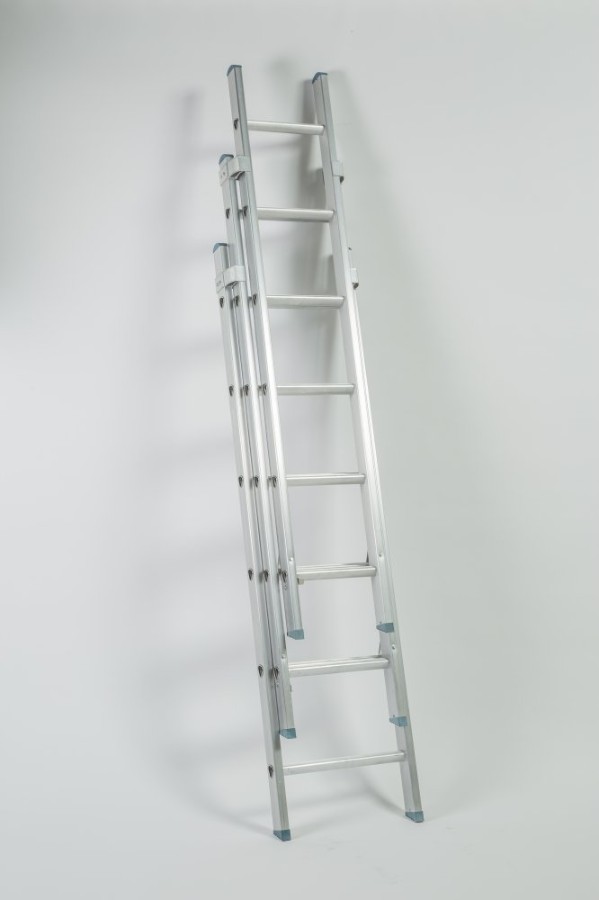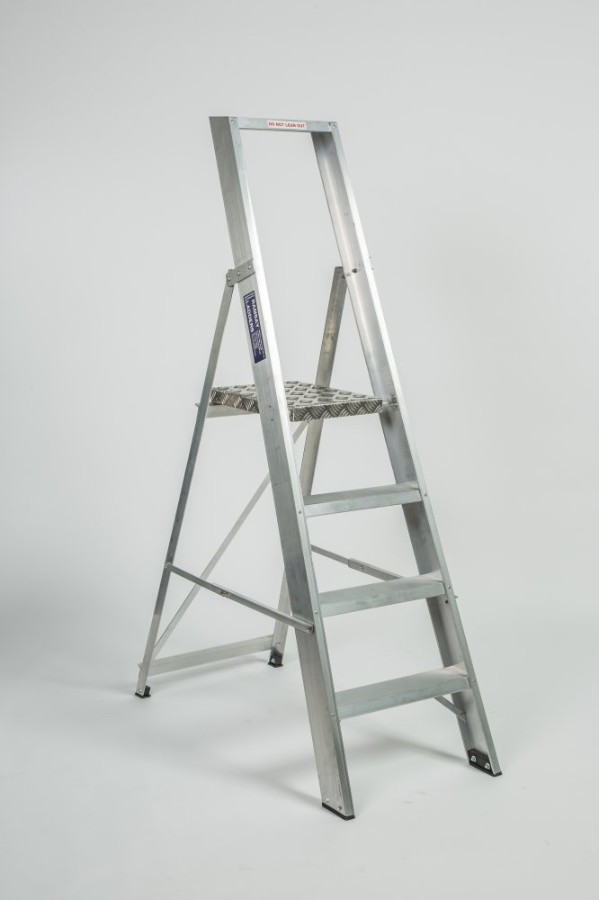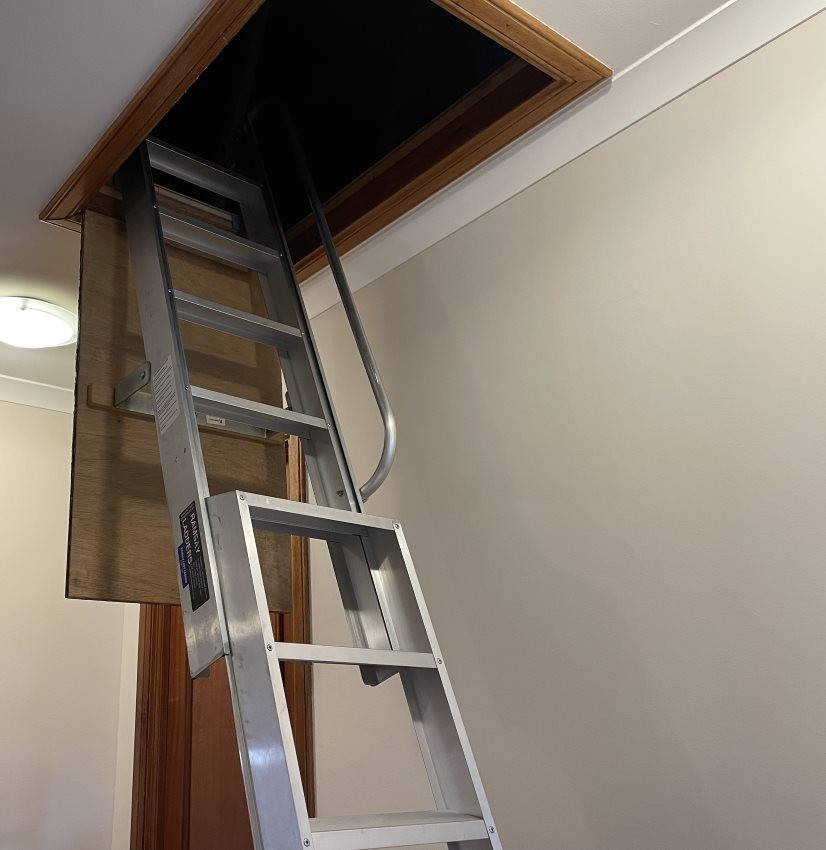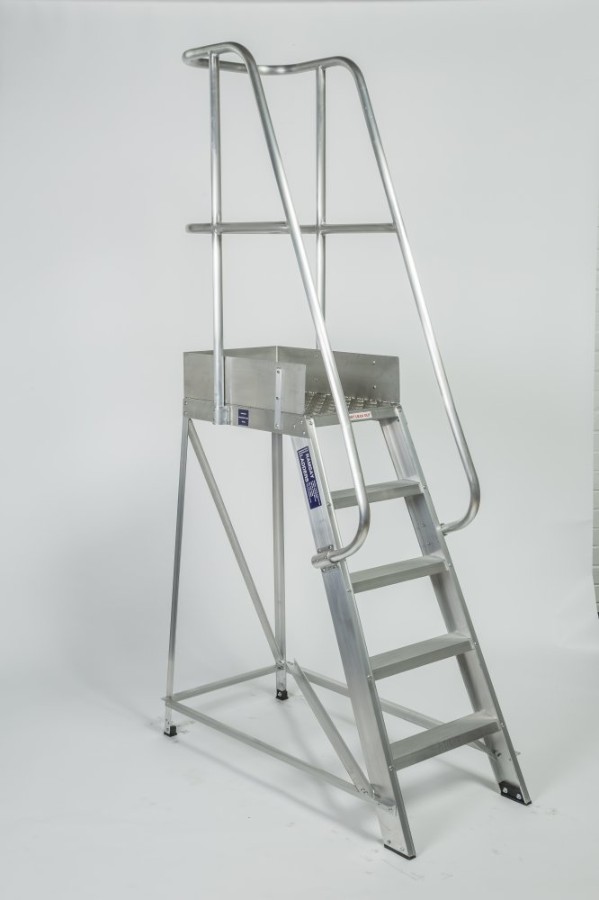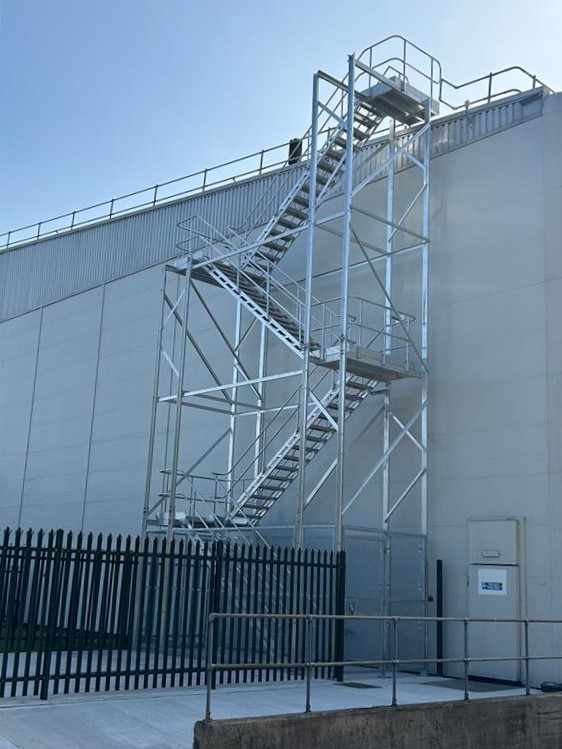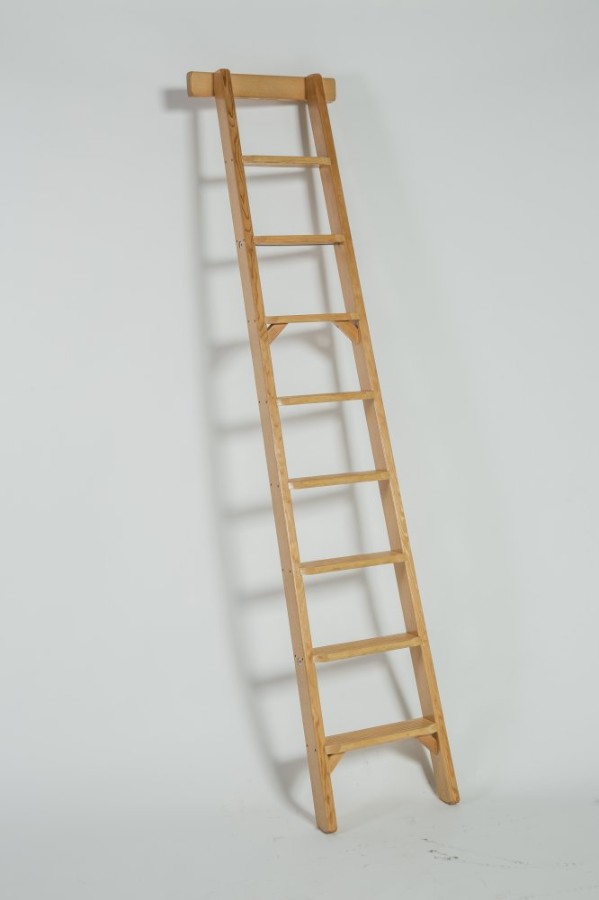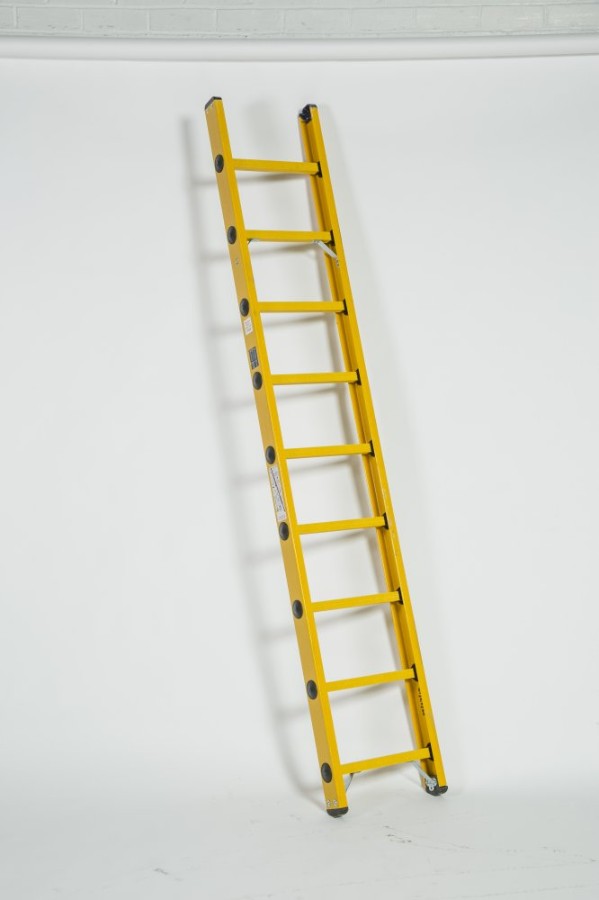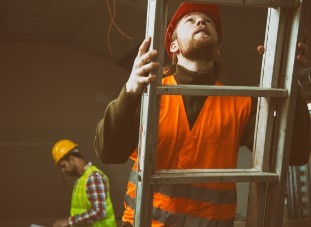Sparks & Ladders: How To Stay Safe When Using Ladders Near Electricity
3 January 2023Ladders are essential pieces of equipment for many tradesmen and maintenance workers, but they are also one of the most dangerous.
Data from the Health and Safety Executive (HSE) highlights that each year, around 1000 people suffer electric shock-related injuries, with around 30 of those proving fatal. The vast majority of these fatalities are the result of contact with overhead or underground power cables, with ladders the primary cause.
This illustrates the point that ladders and electricity are a potentially deadly combination. Employers and workers, therefore, need to be aware of the risks of using ladders around power lines and take precautions to protect themselves.
COMMON JOBS INVOLVING POWER LINES
Several occupations involve working with ladders close to power lines. These workers should be provided with risk assessment training and appropriate safety equipment.
The occupations most at risk include:
-
Firefighters
-
Linesmen
-
Telecommunications workers
-
Maintenance electrician
-
Installation electrician
-
CCTV installers
-
Rail workers
-
Construction workers
-
Roofing contractors
-
Crane drivers
-
Scaffolders
-
Painters and decorators
-
Arboriculturalists
-
Landscape gardeners
-
TV Aerial installers
-
Street light contractors
Along with the above occupations, members of the public are also at risk of injury when carrying out DIY tasks such as cleaning gutters, carrying out roof repairs and installing decorative lights.
ALUMINIUM VS WOOD VS FIBREGLASS
The material and construction of the ladder play a major role in the survivability of an electric shock due to accidental contact with overhead power lines. Most commercial ladders are made from either aluminium, wood or fibreglass.
Each material has its benefits and drawbacks from a safety perspective. Let's look at each material in more detail to get a better idea of its suitability for working close to overhead power lines.
ALUMINIUM LADDERS
Aluminium ladders are the most popular type of extension ladders in the UK. Aluminium is lightweight, cost-effective, strong and doesn’t corrode. But it has some distinct disadvantages from an electrical safety perspective.
Aluminium is the fourth most conductive metal, after Silver, Copper and Gold. This conductivity means electricity will pass down the ladder should it touch live electrical cables.
But the conductivity of aluminium means the ladder doesn’t have to come into physical contact with the cables to induce a current. That’s why the HSE recommends that aluminium ladders should not be used within 6m horizontally of live power lines.
PROS
-
Lightweight
-
Cost-effective
-
Won't rust or corrode
CONS
-
Conducts heat and electricity
-
NOT suitable for electrical work
WOOD LADDERS
Wood ladders were the de facto electricians' ladders for a long time. Wood does not conduct electricity very well so it makes a much safer ladder for electrical workers.
Wood ladders are also renowned for being robust and strong. Timber does not corrode so you can expect many years of reliable use out of your wooden ladder. Timber is also the cheapest material for building ladders, so they represent good value as well.
However, wooden ladders have several disadvantages. Firstly, they are by far the heaviest ladders and wood is susceptible to rotting, which can cause ladders to become unsafe. Plus, when wet, the rungs of wooden ladders can be slippery.
PROS
-
Cost-effective
-
Don’t conduct electricity
-
Resistant to heat
CONS
-
Heavy
-
Susceptible to rotting
FIBREGLASS LADDERS
Fibreglass ladders offer the strength and durability of aluminium ladders with the low electrical conductivity of wooden ladders. They are, therefore, the ladder of choice for electrical workers or those at risk of coming into contact with live power lines.
Fibreglass ladders are also extremely strong; in some cases, fibreglass is stronger than aluminium. They are also resistant to corrosion and heat, so they can be used outside in all weather conditions.
However, there are two disadvantages of fibreglass ladders. Firstly, they are more expensive than the other two ladder types. And secondly, fibreglass ladders are typically heavier than the equivalent-sized aluminium ladder.
PROS
-
Don’t conduct electricity
-
Heat resistant
-
Weather resistant
-
Very strong
CONS
-
Heavier than aluminium
SAFETY RISKS
Each year 20 people are killed and more than 400 are injured after coming into contact with overhead power lines. The risks of working close to electricity are real, but they are not immediately obvious. Many workers are simply not aware or forget that power lines are overhead.
So in this section, we will look at the different types of power lines and the risks associated with them. This will give you a better understanding of the potential for getting a shock.
The highest voltage power lines in the UK carry between 275kV and 400kV. These transmission lines are operated by the National Grid and distribute power across the UK. The minimum height of these power lines is 7m for 275kV and 7.3m for 400kV.
This is outside the operational height of most extension ladders, so the risk of accidental contact is low. But they still present risks to crane and platform operators, so care should be taken when using this type of equipment.
Distribution lines bring electricity into towns and cities. They carry 132 kV and are operated by the Distribution Network Operator. The minimum height for this type of power line is 6.7m.
While these lines are beyond the operating height of extension ladders, there is the risk of an induced voltage when using aluminium ladders. So extra care should be taken when working around this type of power line.
Smaller distribution lines distribute power within towns and cities. They carry between 11 kV and 33 kV. The minimum height for this type of power line is 5.2m. This is within the operating height of some extension ladders.
Most accidental contact with power lines occurs with this type of distribution line. So when working within the proximity of such lines a thorough risk assessment should be carried out to identify the dangers and mitigate against them.
SAFETY TIPS
When working near power lines, the following safety tips should be deployed to reduce the risk of electric shock:
CHECK THE LOCATION OF POWER LINES BEFORE YOU START
A risk assessment should be carried out before any activity that requires working at height. This should identify any power lines close to the work area. With all workers made aware of the dangers.
MAKE SURE THE LADDER IS SAFE TO USE
The ladder and any associated equipment such as harnesses should be inspected before use. Specifically look for cracks, corrosion, secure feet and locking mechanisms. The ladder should also be clean and dry before use.
ALWAYS CARRY LADDERS IN A HORIZONTAL POSITION
When carrying ladders they should always be held in a horizontal position. Never carry ladders in a vertical position. This significantly increases the risk of accidental contact with overhead power lines.
POSITION LADDERS CORRECTLY
Always use a fibreglass ladder when working close to live electrical cables. And position the ladder in such a way that it can not fall onto overhead lines. Ideally, the distance to the nearest electrical cable should be at least twice the length of the ladder.
ENSURE THE LADDER IS SECURELY POSITIONED BEFORE USE
Before climbing the ladder, make sure it is positioned securely on the ground. Use a stabiliser on uneven or sloping surfaces and a ladder stopper to prevent the ladder from slipping under load.
CONCLUSION
Aluminium ladders and electricity don’t mix. Workers operating close to overhead power lines should therefore be supplied with fibreglass ladders to reduce the risk of electric shock.
Ramsay Ladders are one of the UK's leading manufacturers of ladders for the construction and utility industries. We supply a range of fibreglass step, single and extension ladders designed to protect workers from electric shock. Check out our range of ladders today.


